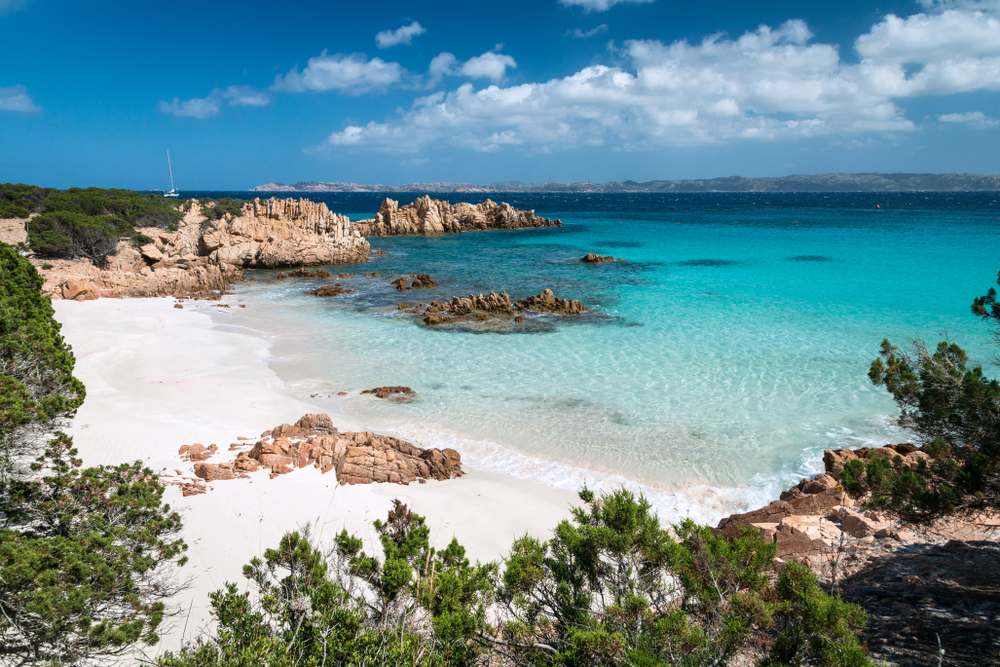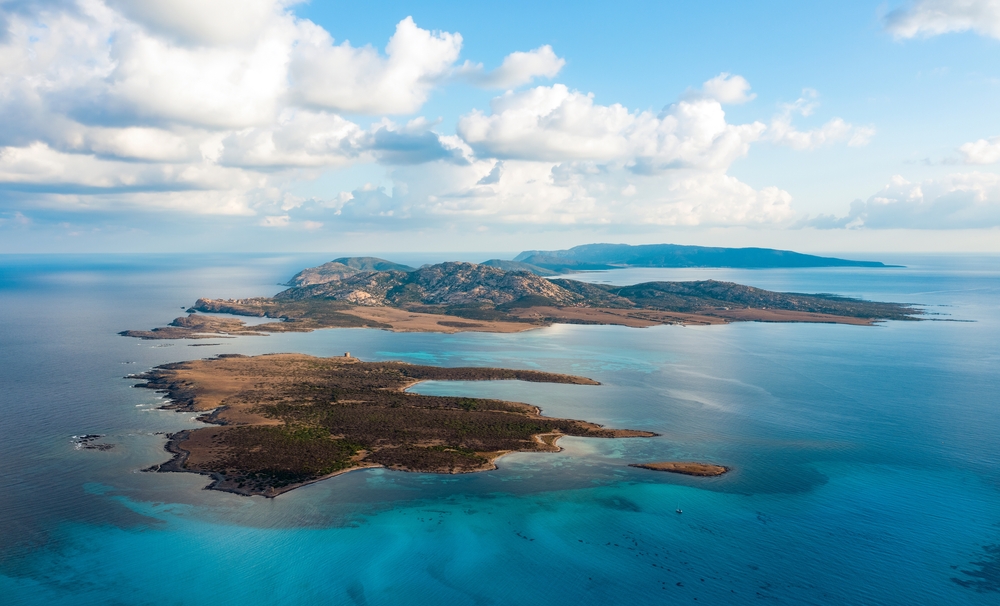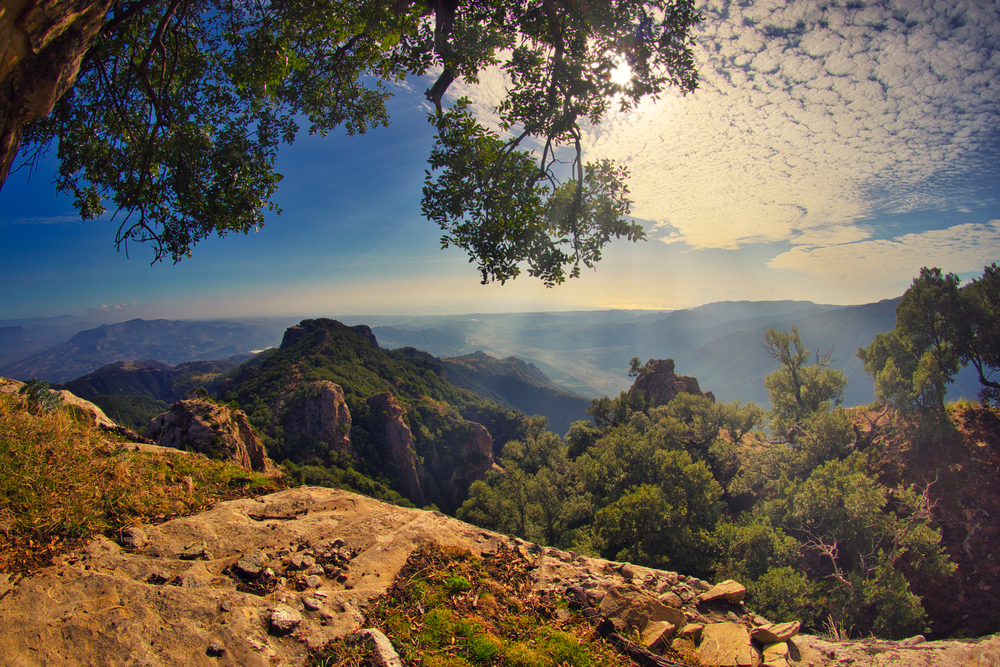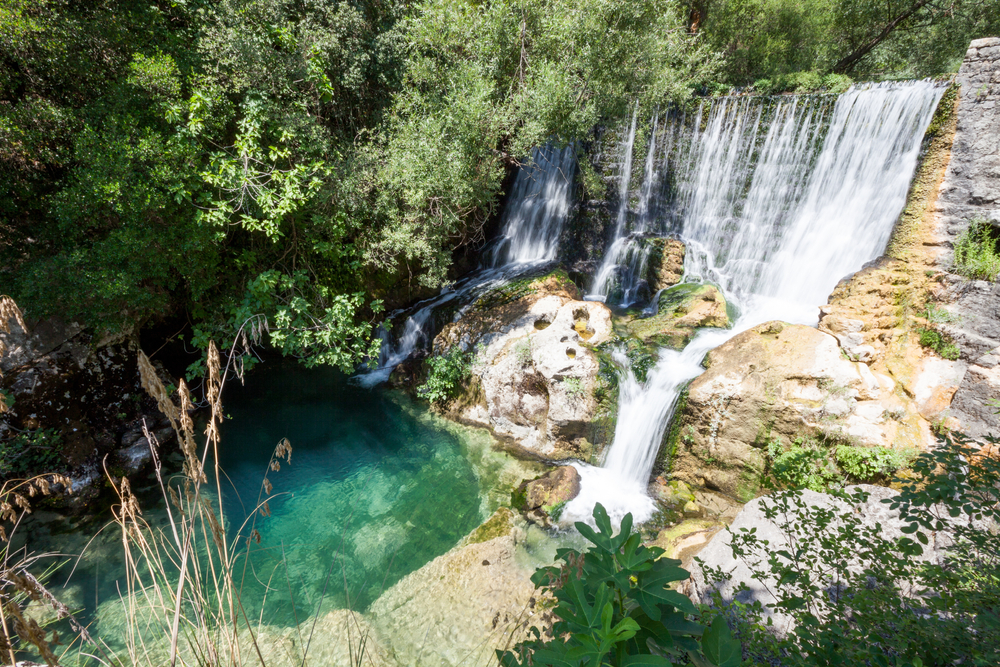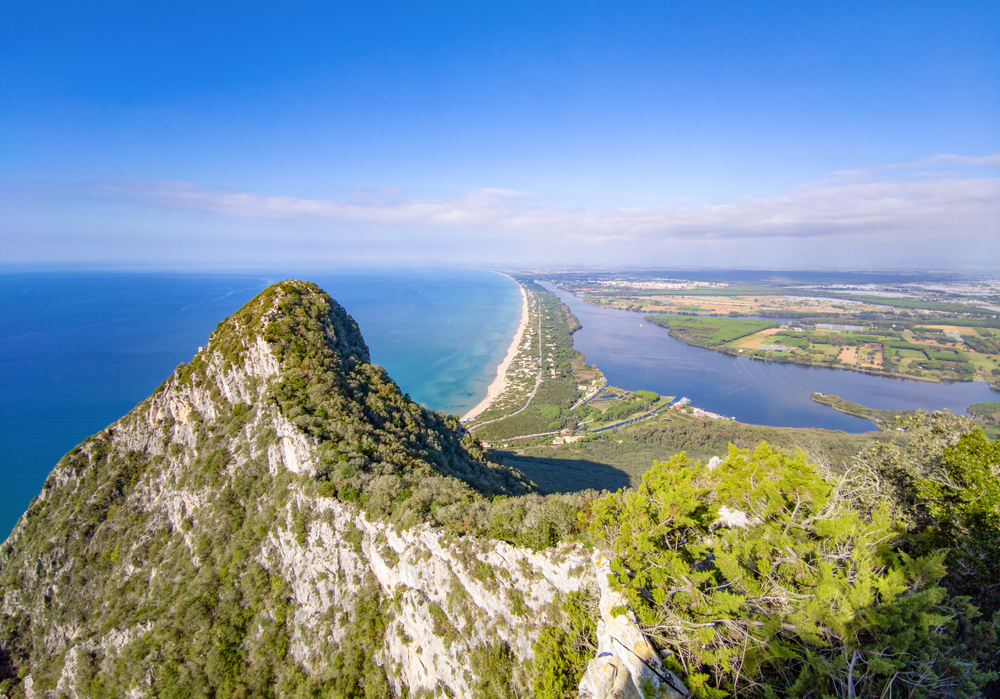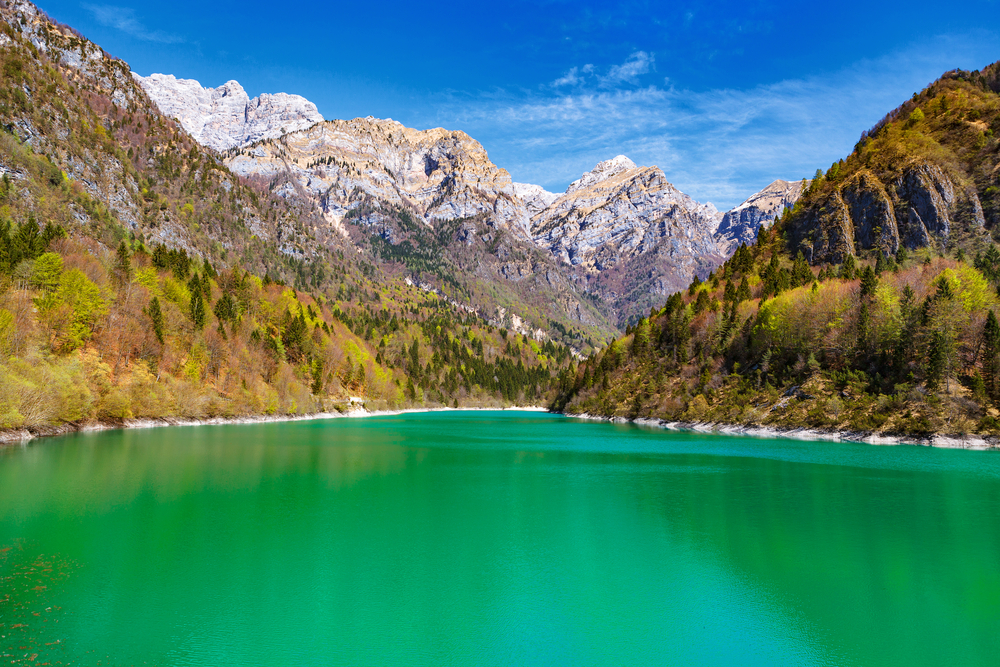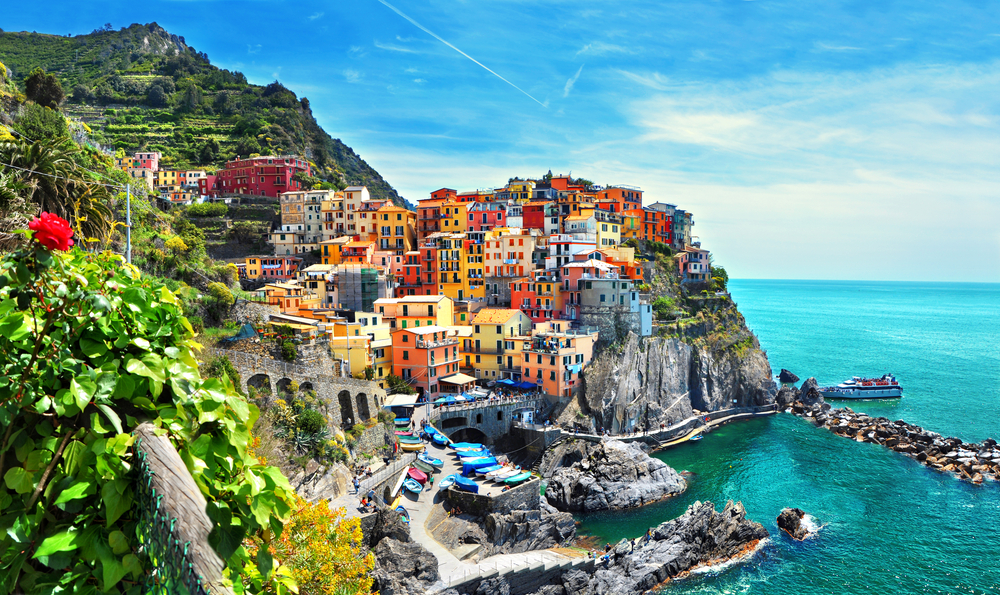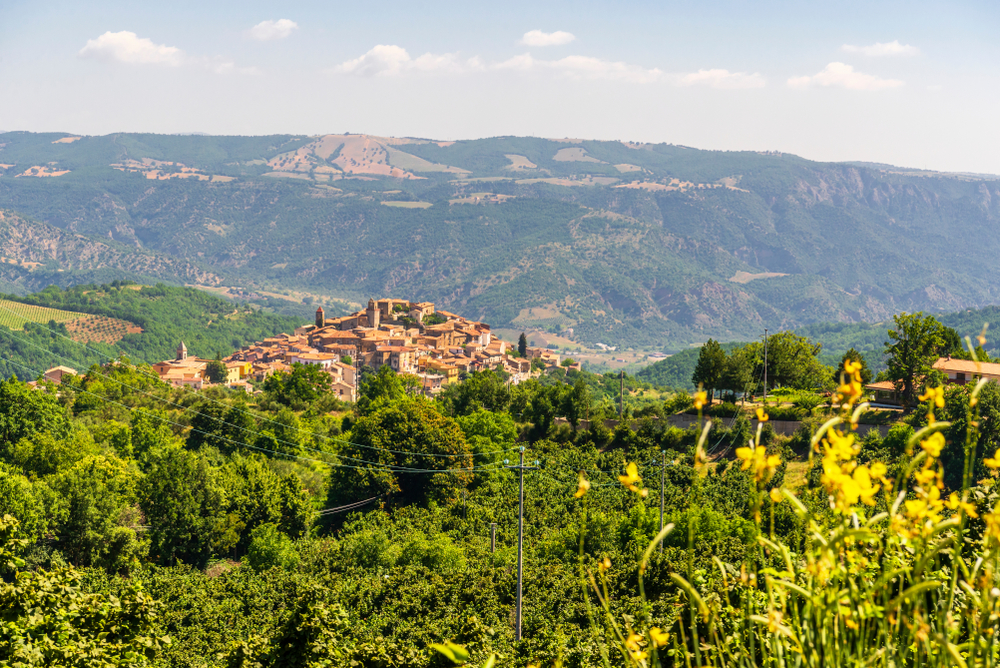Foreste Casentinesi, Monte Falterona e Campigna Overview
Foreste Casentinesi, Monte Falterona e Campigna National Park, known in Italian as Parco Nazionale delle Foreste Casentinesi, Monte Falterona e Campigna, is a protected area in central Italy, spanning approximately 368 square miles (953 square kilometers) across Tuscany and Emilia-Romagna.
Located in the northern Apennines, the park is renowned for its ancient forests, rich biodiversity, and historical significance. The landscape is characterized by rolling hills, deep valleys, and rugged mountains, with Monte Falterona rising to 1,654 meters (5,426 feet) as one of its highest peaks. Numerous rivers, including the Arno, originate in these mountains, and stunning waterfalls, such as the Acquacheta Falls, add to the park’s natural beauty.
The park’s vast forests, among the oldest and best-preserved in Europe, consist mainly of beech, silver fir, oak, and chestnut trees. The ancient Casentinesi Forests were historically managed by monks, particularly in the Camaldoli and La Verna monasteries, which remain key spiritual and cultural sites within the park. These dense woodlands provide a pristine habitat for diverse wildlife.
Visitors may encounter large mammals such as the Appennine wolf, wild boar, red deer, and roe deer, while smaller species like porcupines and martens are also present. The park is a haven for birdwatchers, offering sightings of the golden eagle, peregrine falcon, Eurasian eagle-owl, and numerous woodpecker species.
A major attraction of the park is the Camaldoli Hermitage and Monastery, an important historical and religious site founded in the 11th century. Similarly, the Sanctuary of La Verna, where Saint Francis of Assisi is said to have received the stigmata, draws both pilgrims and tourists. The park also contains remains of medieval castles, abandoned villages, and historic mountain trails, enhancing its cultural appeal.
Visitors can explore the park through hiking, cycling, and horseback riding along a well-maintained network of trails. The Alta Via dei Parchi, a long-distance trekking route, passes through the park, offering breathtaking views of the Apennines.
In winter, snow-covered landscapes make for excellent cross-country skiing and snowshoeing. Wildlife tours and guided nature walks provide opportunities to observe the park’s diverse fauna in their natural habitat.
The park’s conservation efforts focus on protecting its old-growth forests and endemic species while promoting sustainable tourism. The reintroduction of native species and strict regulations on logging and hunting have been notable successes in maintaining biodiversity.
However, challenges such as climate change, illegal poaching, and forest diseases continue to pose threats to the ecosystem. Through collaboration with scientific institutions and conservation organizations, the park management strives to ensure the long-term preservation of this exceptional natural environment.











































































